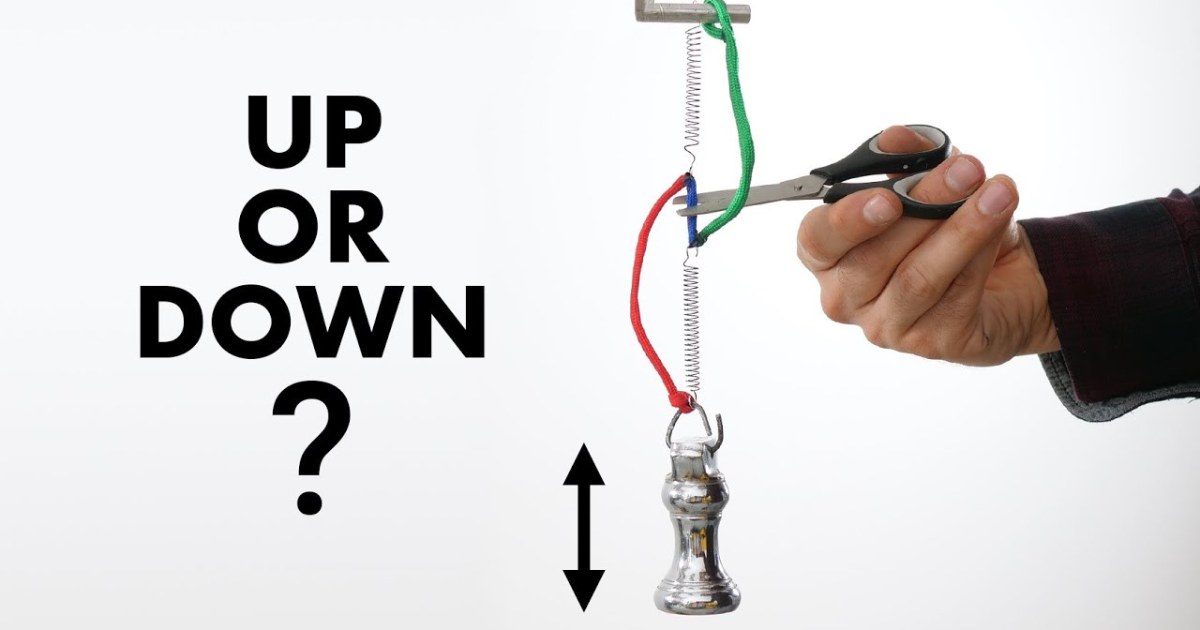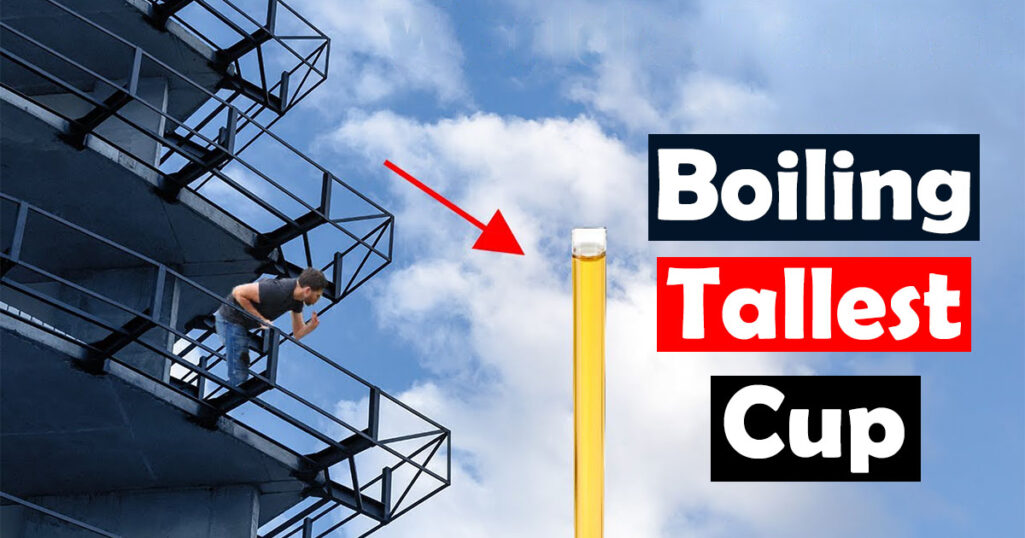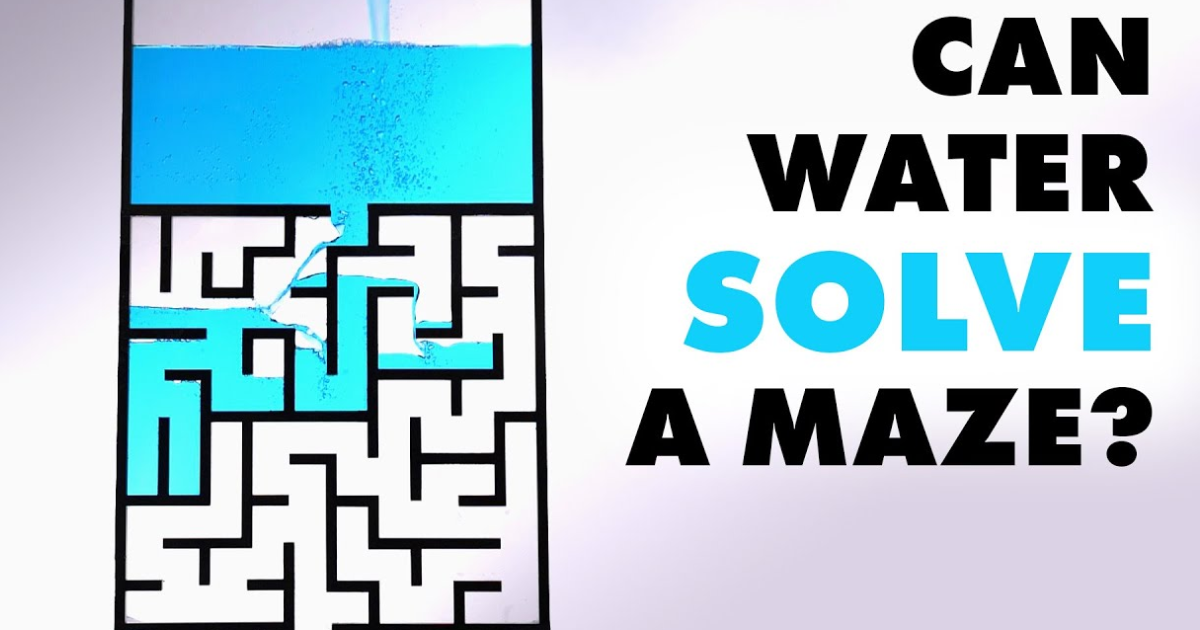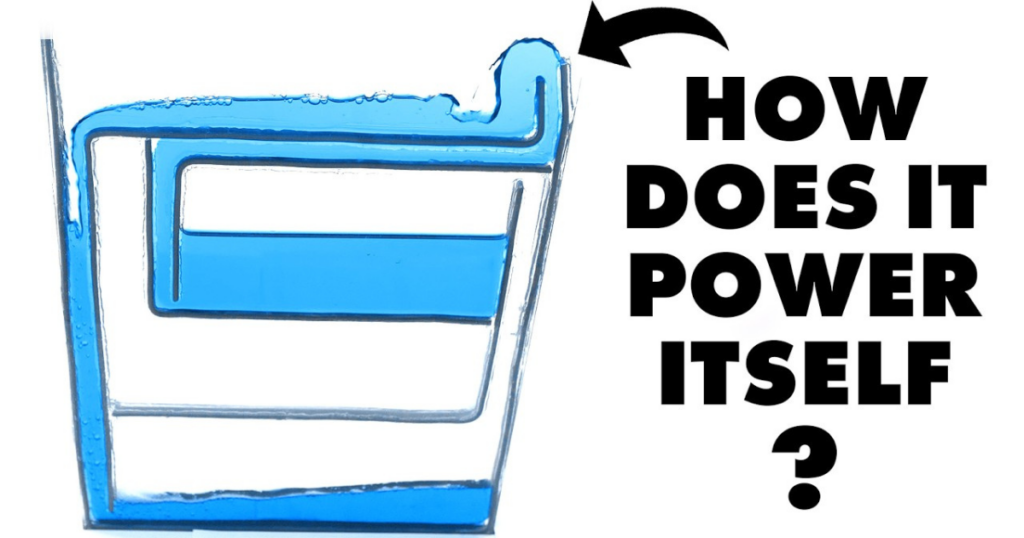
Hold onto your curiosity, science enthusiasts! Remember our exploration of the sneaky bell siphon? We’re venturing further into the realm of hydrodynamic wonders with Heron’s fountain, a captivating contraption that spouts water without a drop of external power. Yes, you read that right! But how does it defy gravity’s pull? Before we delve into the fountain’s magic, let’s clarify a misconception from our previous journey. It turns out, the siphon action in toilets (at least outside the UK) happens in the bowl, not the cistern. Now, onto the main event!
Heron’s Fountain: An Illusion of Perpetual Motion
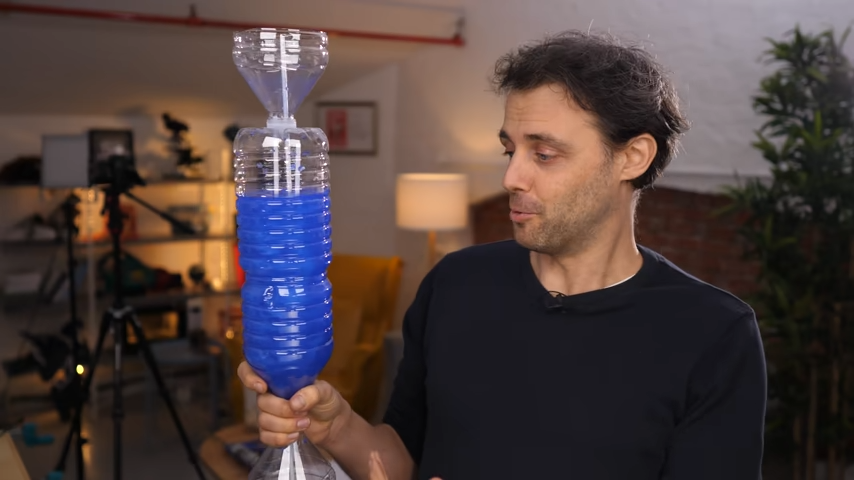
Imagine a fountain endlessly gushing water without any pumps. Sounds impossible, doesn’t it? That’s the initial allure of Heron’s fountain. While it’s not truly perpetual motion (sorry, physics!), it still holds a fascination thanks to a clever interplay of water, air, and gravity.
Priming the Pump: Setting the Stage for the Show
Before the water ballet begins, you need to prime the fountain by filling the top container. This initial boost, like priming a pump, is crucial for the spectacle to unfold.
The Intriguing Illusion: Bending the Rules of Gravity?
At first glance, the fountain seems to defy gravity. Water continuously shoots up from the spout, even though the top container doesn’t magically refill. This can be mind-boggling! But fear not, science is here to shed light on the mystery.
Dissecting the Mystery: A 2D Peek Behind the Curtain

Traditional Heron’s fountains have tubes hidden within containers, making it difficult to visualize their inner workings. To gain clarity, we built a special 2D version! This flattened model spreads everything out, revealing the hidden pathways of water and air.
Beyond Perpetual Motion: Unveiling the Power of Air Pressure
The secret lies in the pressure differences created by air and water. The taller column of water in the top container exerts more pressure than the air-water mix in the middle container. This pressure imbalance pushes water up the spout, creating the fountain effect.
Think of it as a Balancing Act:
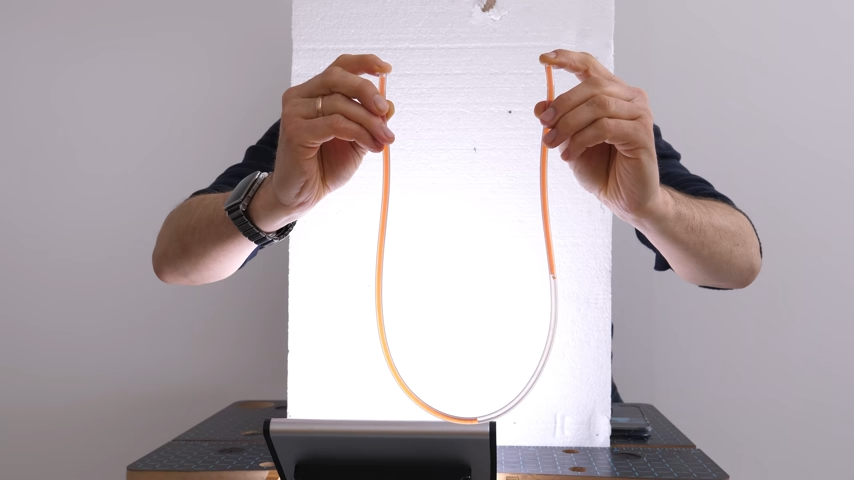
Imagine a U-shaped tube partially filled with water and air on one side, and just water on the other. The heavier water side will naturally push down until both sides have equal pressure. Heron’s fountain works similarly, using the pressure difference to create a continuous flow.
From Model to Reality: Unveiling the Limitations
Building a 2D model comes with its own challenges. For example, we had to adjust the tube placement to avoid dividing containers in half. But the basic principle remains the same, offering valuable insights into the real fountain’s operation.
The Beauty of Exploration: Learning Through Experimentation
Creating the 2D model wasn’t just about visualization; it was a learning experience. We encountered challenges, found solutions, and ultimately gained a deeper understanding of the fountain’s inner workings.
The Invitation: Share Your Hydrodynamic Mysteries!
What other hydrodynamic wonders could benefit from a 2D explainer? Share your suggestions, and we might just bring them to life in a future exploration!

